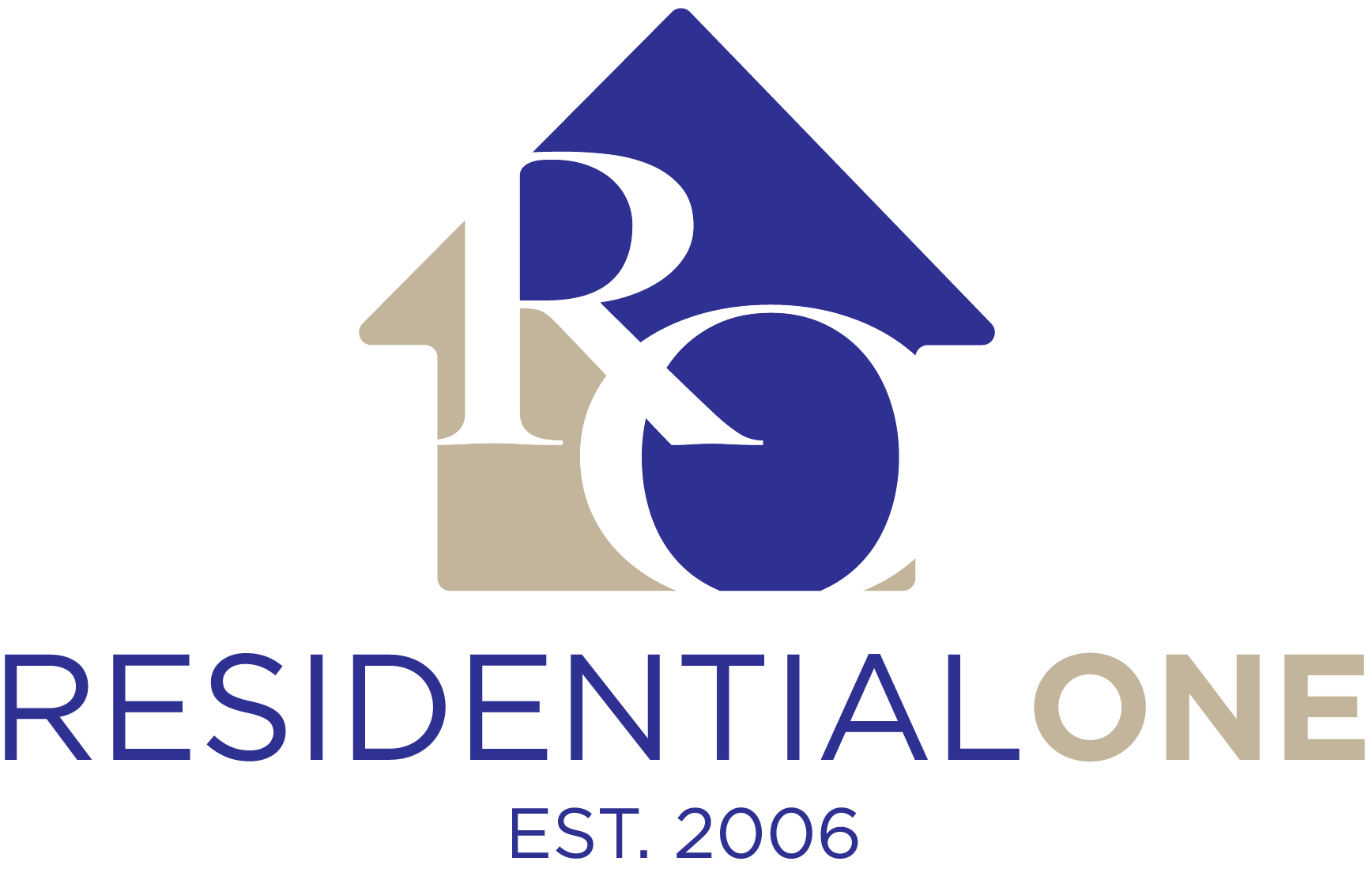Blog
Alright, newbie investor! You’ve set your sights on the thrilling world of commercial real estate – a land of potential profits and long-term wealth. But let’s face it, financing your first commercial property can feel like deciphering ancient scrolls. Fear not, brave adventurer! This guide is your map, ready to demystify the commercial mortgage process and turn those bricks into a profit-generating haven.
Step 1: Decoding the Jargon
Before we delve into loan structures, let’s crack the code of key terms:
Loan-to-Value Ratio (LTV): Imagine a pie representing the property’s value. The LTV tells you how big a slice the lender is willing to finance (think lower LTVs for riskier ventures or first-time explorers).
Underwriting: Brace yourself for the financial inquisition! Here, the lender scrutinizes your financial health and the property’s potential through income statements, tax returns, and your battle plan (business plan, that is).
Amortization Schedule: This roadmap shows how your loan payments will be divided between principal and interest over the loan term, helping you plan your cash flow like a financial ninja.
Loan-to-Cost Ratio (LTC): Consider this the project’s price tag pie. This ratio factors in the total project cost (including construction) and the loan amount, influencing the down payment and lender’s risk assessment.
Step 2: Finding Your Loaning Ally
The right lender is like a trusty sidekick on your investment journey. Don’t settle for the first one you meet! Choose wisely based on the following:
Property Expertise: Seek lenders with experience in your chosen niche, be it retail, industrial, or multifamily fortresses.
Loan Products: Ensure they offer options that match your needs, like construction loans for building your empire or permanent financing for your established kingdom.
Competitive Rates & Fees: It includes comparing interest rates, closing costs, and origination fees across different lenders. Remember, every penny counts!
Reputation & Service: Talk to other investors and explore online reviews to see if they’ve had happy loaning adventures.
Step 3: Becoming a Property Sherlock
Remember, the property itself is a key player in this game. Before committing, turn into a property Sherlock and meticulously evaluate:
Physical Condition: Conduct a thorough inspection to uncover any repairs or renovation needs (think leaky roofs and creaky floors).
Environmental Concerns: Check for potential hazards like asbestos or lead paint – you don’t want any unwanted surprises!
Market Analysis: Research the local market, rental rates, and vacancy trends. Is your dream property in a thriving kingdom or a sleepy village?
Legal Compliance: Ensure the property is free of legal issues and zoning restrictions – nobody wants an angry dragon guarding their investment!
Step 4: The Negotiation Arena
Securing favorable loan terms requires negotiation skills worthy of a seasoned diplomat. Here’s how to become a master negotiator:
Start Strong: Back your desired loan amount and interest rate with solid data – be like a warrior armed with facts!
Highlight Your Strengths: Showcase your financial stability, experience, and the property’s potential. Make your investment kingdom sound irresistible!
Embrace Flexibility: Consider alternative loan structures, prepayment options, or personal guarantees to find a solution that works for both you and the lender.
Build Rapport: Remember, the lender isn’t a villain! Open communication and trust go a long way in securing the best deal.
Step 5: The Grand Finale – Closing the Deal
Congratulations, adventurer! You’ve reached the closing day. Remember:
Read Carefully: Don’t sign loan documents blindly. Understand every clause – knowledge is power!
Factor in Costs: Legal fees, appraisals, insurance – budget for these closing day expenses to avoid last-minute dragon fire (metaphorically speaking, of course).
Have Funds Ready: Ensure you have the necessary funds readily available to avoid any delays.
Consider Professional Help: Seeking guidance from a commercial real estate broker or an attorney specializing in real estate law can provide invaluable support.
Data-Driven Insights:
According to a recent study by the Mortgage Bankers Association, the average LTV for commercial real estate loans was 72% in 2023. However, this can vary depending on the property type, borrower profile, and market conditions. Additionally, data from the National Association of Realtors shows that first-time commercial investors often choose properties with lower-risk profiles, such as multifamily units or office buildings.
Remember:
The commercial mortgage process might seem daunting, but with knowledge, preparation, and a dash of negotiation savvy, you can secure the financing you need to turn your dream property into a source of long-term wealth. So, grab your metaphorical hard hat and toolkit, fellow investor, and let’s transform those bricks into a profitable haven! The journey starts with a single step, and with this guide, you’re well-equipped to conquer the world of commercial real estate financing. Now, go forth and build your investment empire!
